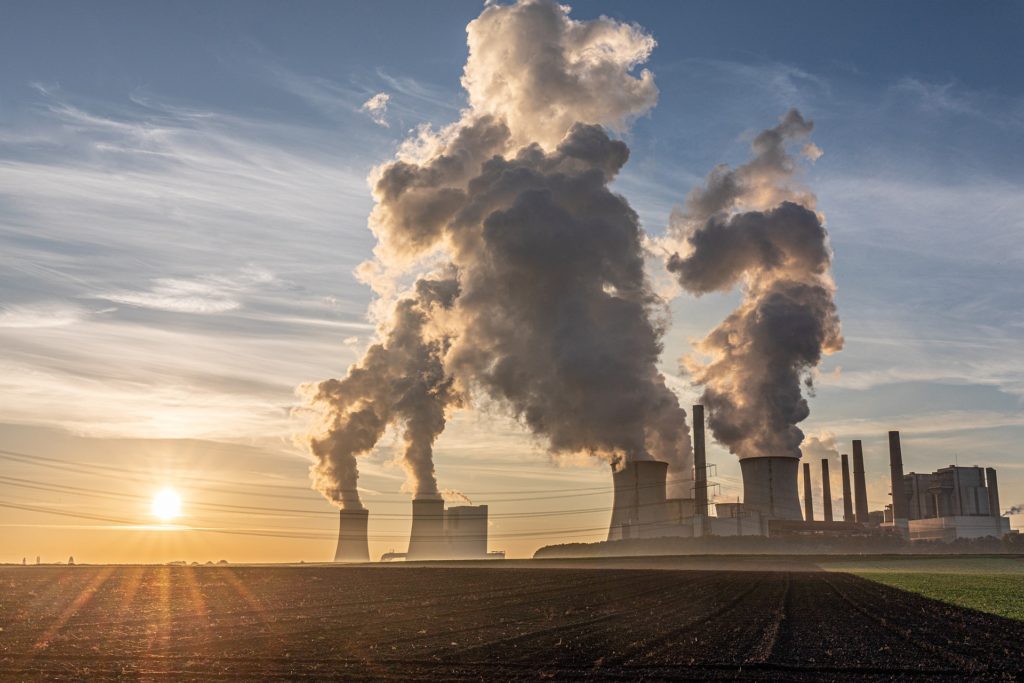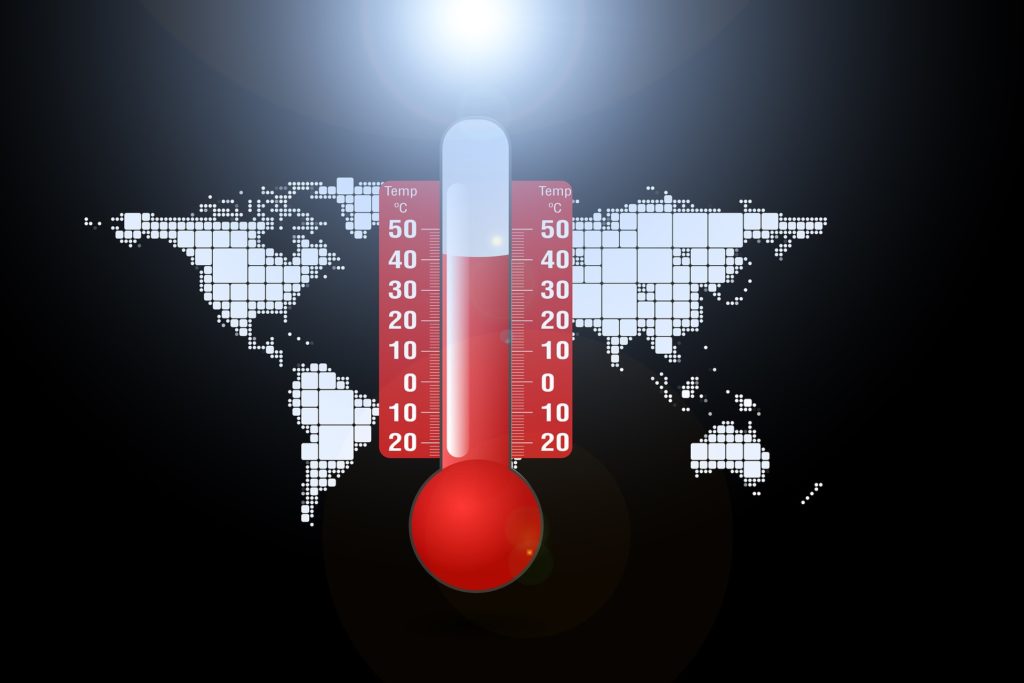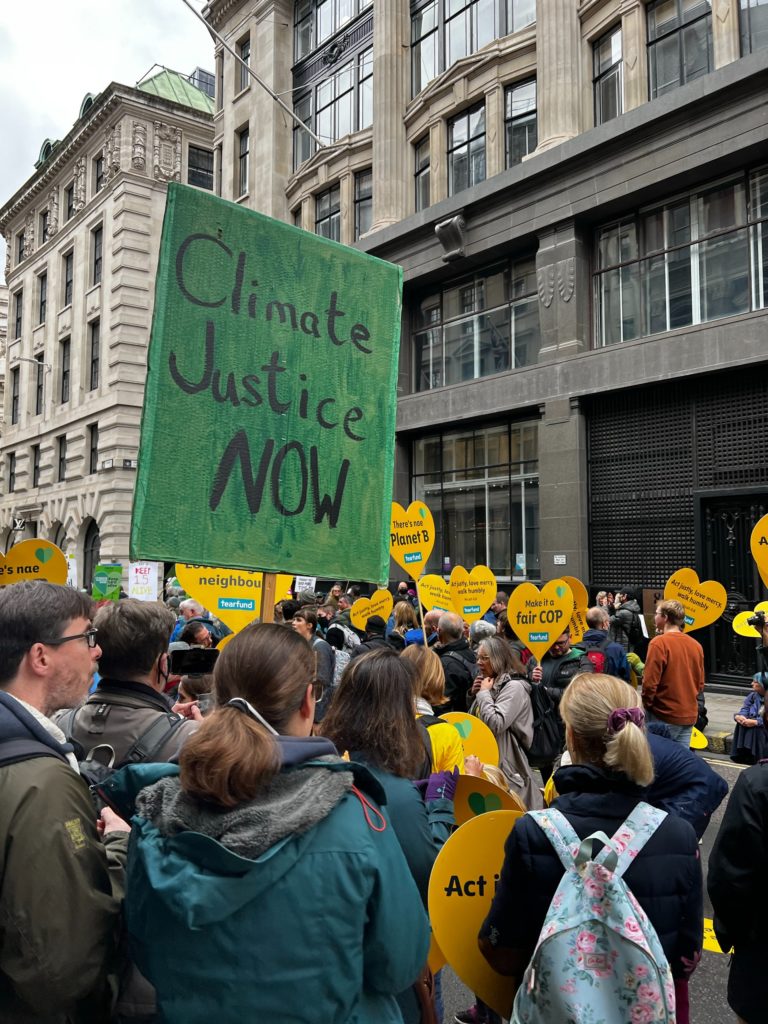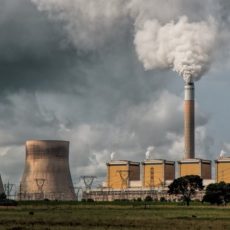
We’ve been hearing some pretty scathing reviews of the most recent Conference Of the Parties meeting in Glasgow. But is this fair?
There were some great outcomes – but yes, some which weren’t so great too. So let me provide an overview which I hope you find both uplifting and strengthening of your resolve to carry on the fight.
The Outright Bad
Access
This was arguably the biggest failure of COP26. The venue was simply not appropriate for the numbers or varied abilities of people who wished to attend. Would-be attendees were forced to wait in queues for hours on end, and then sometimes were still turned away as the venue had reached capacity. Even if people could get in, observers were not actually allowed to observe much. Despite row after row of empty chairs, they just weren’t permitted into most of the sessions. Viewing plenaries virtually should then have been an option – but for the technical-issue-riddled platform, meaning they couldn’t even dial into it. This has been hailed as the ‘whitest’ COP so far, with racism and inequality being called out frequently. Many poor and middle income countries simply couldn’t afford to send delegates, after suddenly they were told they would need to add a 10-day quarantine period onto the beginning of their trip. It was also nearly impossible to access the venue for disabled people. The Israeli energy minister Karine Elharrar, who is a wheelchair user, was unable to get into the venue. And, there were no sign language interpreters.
These mistakes and very poor decisions are almost unforgivable. And are absolutely a slap in the face for the inclusive and diverse social and racial justice movements, integral to the climate justice movement.
Emissions

The expectation was that all countries would commit to net zero emissions by 2050. And indeed, all developed countries have done so. With a few surprises from developing nations too: India has committed to net zero by 2070, and Nigeria committed to net zero by 2060. While China didn’t make a commitment per se, amid somewhat vague aspirational statements around reducing their methane and carbon emissions, they then signed an unprecedented close cooperative agreement with the United States. This declaration states that China will start to decrease its coal consumption during the period 2026-2030. Which helps us understand why China (and India) forced a watered down stance to getting off coal fired power: the Glasgow Climate Pact was to call for a ‘phase out’ of coal, but these two vocal and highly polluting countries countered with ‘phase down’, or they wouldn’t sign it.
This aside, there are 2 real issues around the emissions reduction targets:
- Current 2030 promises from all involved account for only 5% of the required 45% reductions if net zero by 2050 and 1.5°C of warming is achievable.
- There are very few countries with any form of actual plan to make the net-zero-by-2050 promise a reality. So at the moment it’s kind of like planning to make a chocolate mud cake but having the ingredients for a vanilla sponge: another trip to the grocery store is required.
The Could Be Better
Is 1.5°C Alive?
It was a catch cry of the event: “Keep 1.5°C Alive”. And…they kind of did. In the words of UN Secretary general António Guterres, 1.5°C “is on life support”. The attending countries were supposed to come to COP26 with updated and stronger commitments (Nationally Determined Contributions) than those from the Paris Agreement. Before COP26, if all NDCs were realized, we’d be set for warming of 2.9°C. After COP26, where 151 countries submitted adjustments, if all the new and more ambitious NDCs are met we can expect warming of 2.4°C. Still a veritable catastrophe. And that wasn’t lost on the delegates or the COP26 President, Alok Sharma, who, in a nearly teary conclusion, apologized that the COP had not achieved all it had set out to.

Importantly though, the Glasgow Climate Pact (the non-legally binding, long negotiated, signed agreement from COP26) stipulates 1.5°C as a goal, in Part IV, Clause 21: “[The Glasgow Climate Pact] Recognizes that the impacts of climate change will be much lower at the temperature increase of 1.5°C compared with 2°C and resolves to pursue efforts to limit the temperature increase to 1.5°C;”. Let’s be clear: that extra 0.5°C would spell death to hundreds of thousands of people. So yes, great that 1.5°C is the goal. And yet one more positive thing is that although under the Paris Agreement countries are required to submit new NDCs every 5 years, the Glasgow Climate Pact has suggested that countries return next year to COP27, with revised and stronger plans, acknowledging that we are in “a critical decade”. The language throughout the Glasgow Climate Pact is strong, science based, and references the most recent extremely important IPCC report – vastly different from previous COP documents. And therefore, this must be reflected upon positively.
Money makes the world…safer?
A Loss and Damage Fund was mooted, where developed nations would have fiscal responsibility to developing nations who’ve experienced devastating loss or damage as a result of the climate crisis. It was the US and the EU which were loudest in veto-ing this action. And it was met with widespread dismay. The hope is that it will be brought back to the table and won in Egypt at COP27.
Climate finance for developing nations has been coming in under what’s required too. By 2020 there should have been US $100 billion per year from rich nations (collectively) to those who can’t afford to implement adaptation measures. Cost of such adaptation is expected to reach US $300 billion per year by 2030. But in 2019, the fund received only US $79 billion, and only 25% of that was dedicated to adaptation, with the rest being spent on mitigation, mostly in the form of economic infrastructure.
Carbon Market rules
Article 6 of the Paris Agreement has been under deliberation for the years since 2015. But finally, the voluntary carbon market (which has been ripe for misuse), now has a rulebook. The most impactful rule is that which prohibits double-counting – up until now, the country who is making the emissions reduction through this trading scheme, and the country buying the reduction certificate could claim the carbon emissions avoidance. That has now been stopped. But there are still loopholes in the rules, meaning there is still room for cheating. Like still being permissible to use carry-over carbon credits created under the Kyoto Protocol, back in 2013, which are low quality and will depress prices. The use or misuse of Article 6 basically makes or breaks the success of the Paris Agreement.
The Good!
Forests
Deforestation is a huge contributor to carbon emissions – about 12% annually. So it was a relief then, that over 100 countries signed a pledge, with an associated US $20 billion fund, to stop and reverse deforestation by 2030. Brazil and Indonesia joined this pledge, which must surely give us hope.
Methane
The powerful greenhouse gas, methane, has now been singled out in emissions reductions targets. In a US led alliance, more than 90 countries have signed a Global Methane Pledge to reduce methane emissions by 30% from 2020 levels in the next decade. Notable absences are China, Russia, India and Australia.
Money well spent
More than 450 global financial institutions from 45 nations, who collectively control US $130 trillion in assets, have signed the Glasgow Financial Alliance, stating that they will fund clean technology to lower emissions, and stop investing in ‘brown holdings’ of coal, oil and gas. This is huge!
Clean Tech
More than 40 nations said they would align standards and coordinate investments in clean tech, to fast track the “tipping point” at which green technologies are more affordable and accessible than fossil-fueled alternatives. The Breakthrough Agenda includes China, the UK, US, India, Australia and the EU. This type of international collaboration is destined to be powerful, with genuine emissions reduction outcomes.
The People
More than 100,000 human beings who are fed up with the #blahblahblah of the world leaders and decision makers, took to the streets of Glasgow in a climate march. They represented all groups of humanity, making it even more obvious that there were large, important groups who weren’t represented inside the halls.

This piece is not meant to be an excuse for lack of ambitious action. But perfect is the enemy of good. We know that this didn’t go as hoped. We can acknowledge that there is SO much work yet to do. But we can do that from a position of understanding the complexities and appreciating that headway, albeit slow, is still headway. It’s important for our ability to maintain momentum and act on climate that we try to keep a measured, glass-half-full mindset. The people’s movement is strong. Join it. Democracies vote for leaders. Vote well.



